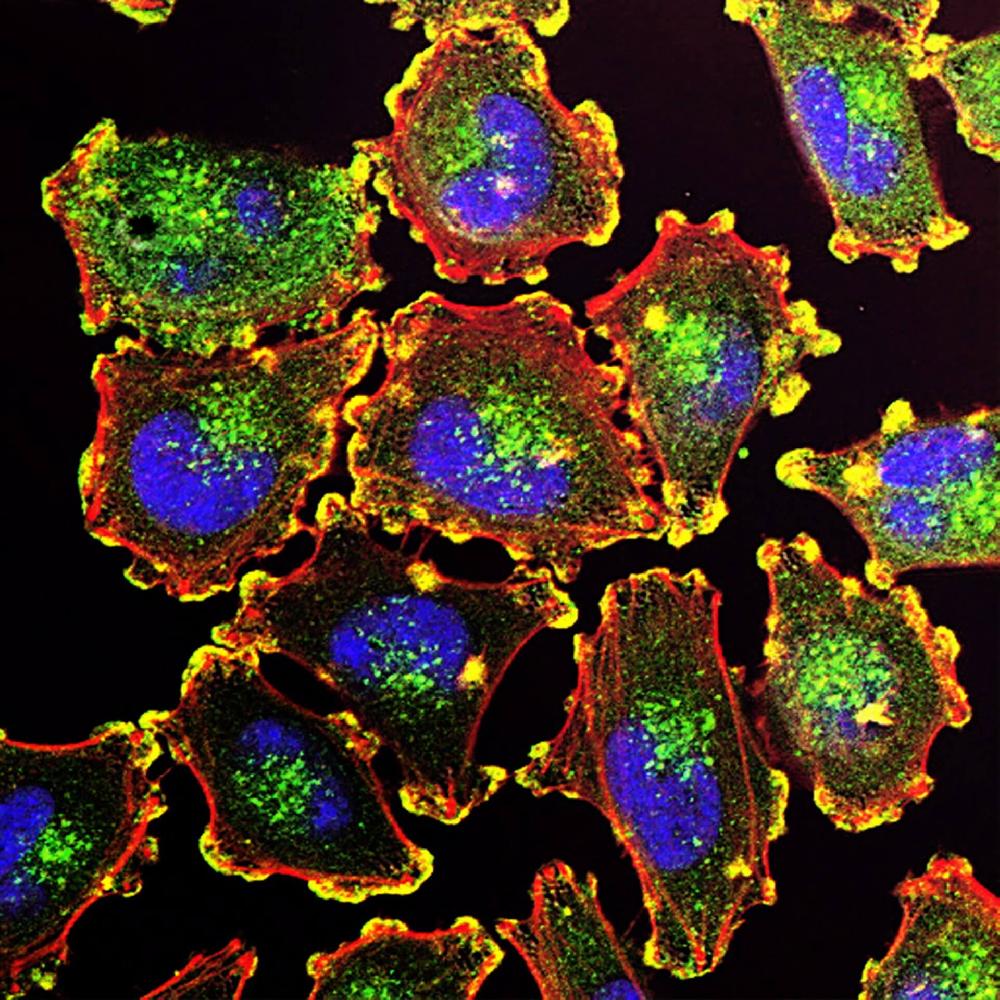This website uses cookies to ensure you get the best experience on our website.
- Table of Contents

Facts about Ubiquitin carboxyl-terminal hydrolase 15.

According to another reports, regulates the TGF-beta receptor signaling pathway by mediating deubiquitination and stabilization of TGFBR1, leading to an enhanced TGF-beta signal (PubMed:22344298). Able to mediate deubiquitination of monoubiquitinated substrates and'Lys- 48'-linked polyubiquitin chains, protecting them against proteasomal degradation.
| Human | |
|---|---|
| Gene Name: | USP15 |
| Uniprot: | Q9Y4E8 |
| Entrez: | 9958 |

| Belongs to: |
|---|
| peptidase C19 family |

Deubiquitinating enzyme 15; EC 3.1.2.15; EC 3.4.19.12; Gcap18; KIAA0529; KIAA0529ubiquitin carboxyl-terminal hydrolase 15; MGC131982; MGC149838; MGC74854; ubiquitin specific peptidase 15; ubiquitin specific protease 15; ubiquitin thioesterase 15; Ubiquitin thiolesterase 15; Ubiquitin-specific-processing protease 15; Ubp109; UNPH-2; UNPH4; USP15
Mass (kDA):
112.419 kDA

| Human | |
|---|---|
| Location: | 12q14.1 |
| Sequence: | 12; NC_000012.12 (62260340..62416389) |
Expressed in skeletal muscle, kidney, heart, placenta, liver, thymus, lung, and ovary, with little or no expression in other tissues.
Cytoplasm. Nucleus. Mitochondrion.





PMID: 10444327 by Baker R.T., et al. Identification, functional characterization, and chromosomal localization of USP15, a novel human ubiquitin-specific protease related to the UNP oncoprotein, and a systematic nomenclature for human ubiquitin-specific proteases.
PMID: 12532266 by Angelats C., et al. Isolation and characterization of the mouse ubiquitin-specific protease Usp15.